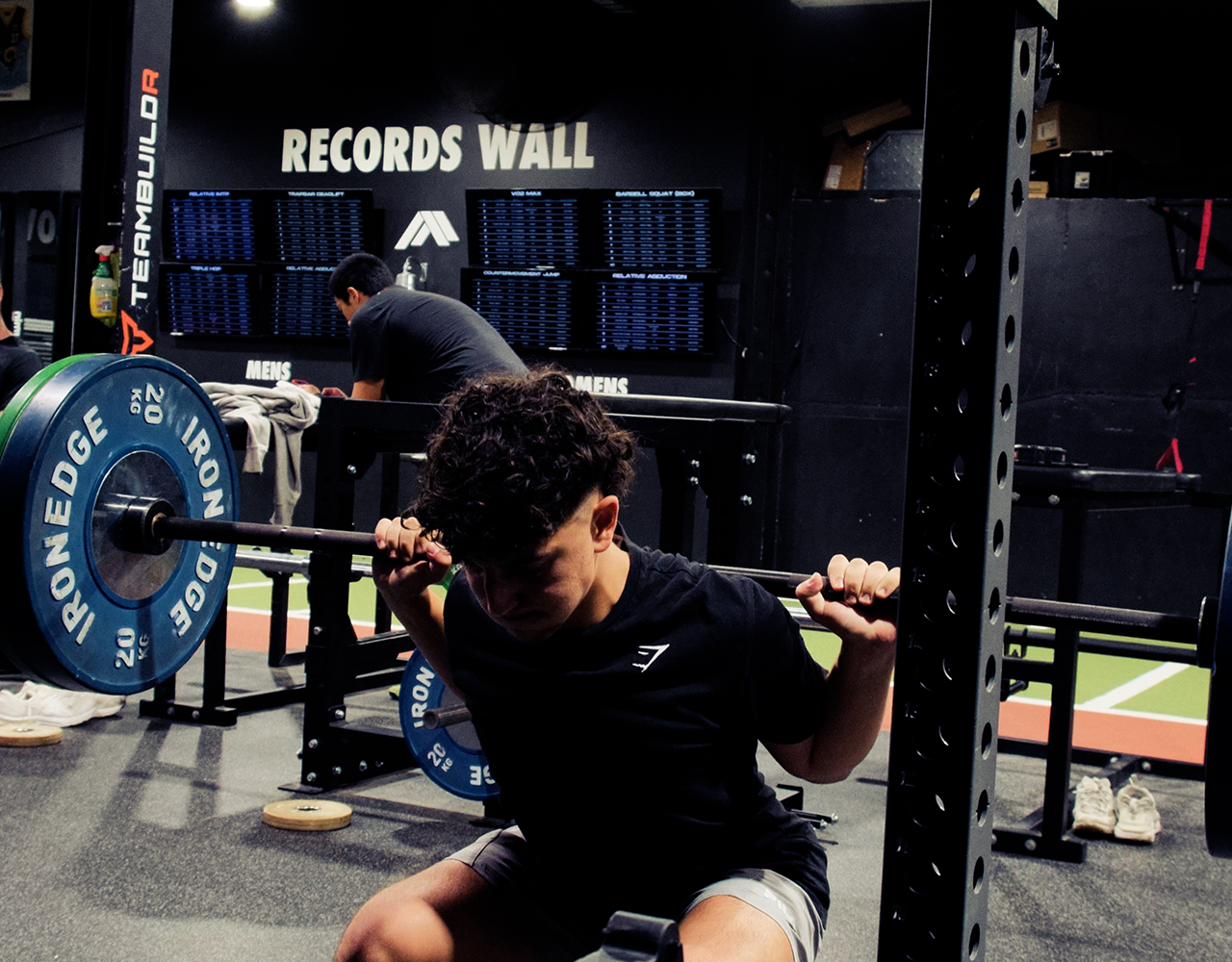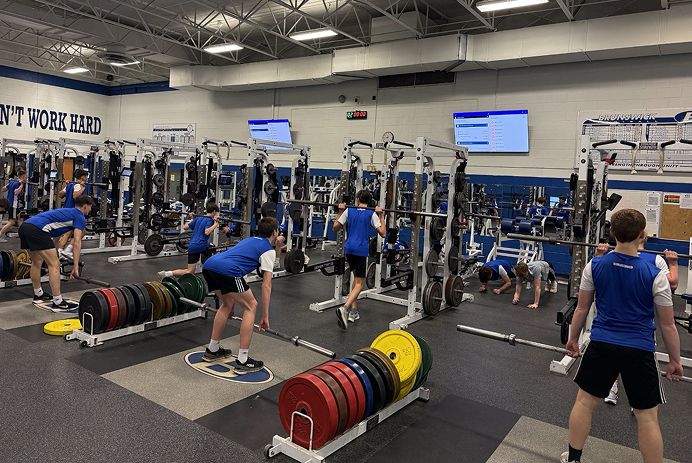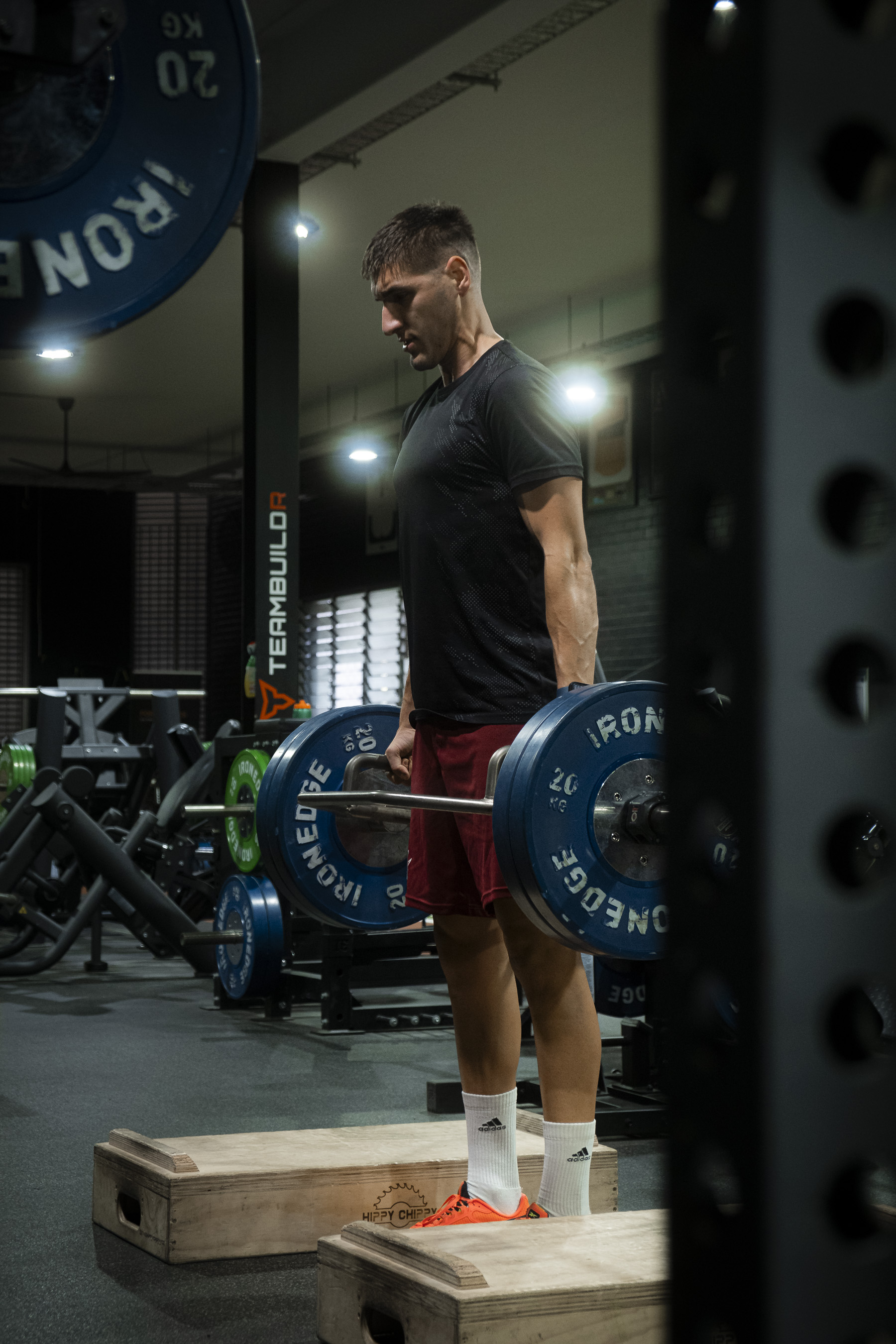Is An Inside Joke Devaluing the S&C Industry?
Introduction
Written by Justin Lima
There’s a prevailing narrative in American football: on game day, the strength and conditioning staff are often seen as “get back coaches.” You know the drill—keeping players and coaches behind the white lines, making sure no one steps into the ref’s space. When I was at Towson, I would have referees come up and say, “I hear you’re my get back coach?” To which I would reply, “We don’t have one of those here. My name is Justin, I’m the head football strength coach, and yes, I’ll help make sure players are behind the lines—but that’s not my main job.”
Was this a bit petty? Yes, it was, and I did it for a reason - strength coaches are not 'get back' coaches. For those not familiar with the term or what I am talking about, on a football field, there is the out-of-bounds area. In the out-of-bounds area, there is a solid white area, which is typically 5 feet wide, that is for the refs only. If a position coach or player is in this white area and the ref bumps into them, then the ref throws a flag, and a 15-yard penalty is assessed. This is designed so the ref can have his back to the sidelines (and players and coaches) and he can watch the play and backpedal safely.
It makes sense for this area to be clear - but why is it the strength coach's job to keep it clean? I have no idea. Can we, along with the rest of the coaching staff (who are the worst at going into the ref area and on the field) and players, help keep the ref area clear? Absolutely. But do we need to be the only ones keeping it clean? No shot.

On game day, what my staff and I would do is chart the work to rest for the number of plays the offense and defense were on the field. Then my staff would look at the subs on the line or secondary. This is important info, and you can use this to plan specific conditioning during the off-season. This is a better use of our time. The problem with this "get back coach" thing is the fact that someone started doing it, however long ago, then some other Head coach told his S&C staff to do it, and then it just turned into "well that's what we do" and no one asked why.
This is dangerous thinking to not question why something is done. Oh, and to the sport coach who says strength coaches don't have anything better to do on game day, so why not be a 'get back' coach? I see your comment and have this to say, since you have nothing better to do during the lifting sessions, why don't you re-rack the weights for the players?
On Game Day
Written by Rachel Newman
Game day brings out a unique side of strength and conditioning. For some coaches, being the “get back coach” has become part of the culture; they thrive on the hype, the chaos, and the chance to be in the middle of the players’ game day experience. There’s undeniable energy in it, and for many, it’s fun. I never minded this “other duties as assigned” portion of my job when it came to the athletes. I get it, at the end of the day, these are 18-22-year-olds who are excited to do what they love every Saturday. They’re bound to jump off the line a few times throughout the game, and my job was to make sure they are performing at their best.
What never sat right with me, however, is when strength coaches get reduced to babysitters for coaches. Assigning strength staff to keep grown men—leaders of athletes—off the field so they don’t cost the team a penalty is, frankly, not an effective use of a performance professional’s time. These are individuals who demand discipline from their athletes, yet they need someone tugging on their shirt or physically restraining them in the heat of competition? That is not where the expertise, energy, or presence of a strength staff should be directed. My first year as a full-time strength coach, I was told my job on game day was to keep the running backs coach from stepping on the field. I was lucky enough that he was even-keeled, and for the most part, I would just help him re-adjust his headset after a bad play or a sprint to follow a big drive down the field. Meanwhile, my poor colleague had another coach who was known to karate chop any hand that would try to pull him away from rushing the middle of the field. The fact was, no matter the coach pairing, I trained for years, earned a degree, dedicated myself to a profession, only to be stationed as a human traffic cone every Saturday.
Our role can be so much more than just keeping order on the sidelines. We can impact the game in more ways than being in the weight room. We’re trained to see things others might miss and to support athletes in the small but important ways that add up over the course of four quarters. Sometimes that looks like walking over to a position group to keep guys loose while they’re waiting to go back in, or making sure a player who just came off a long drive is hydrating before they get distracted by reviewing the last play. Other times, it’s keeping tabs on someone’s body language and noticing when they’re gassed, tight, or need fuel. Those are the things that can directly make an impact on the field on a Saturday.
I don’t think strength coaches need to be front and center on game day, but effective programs are using strength coaches in more ways than just being a traffic cone. At the end of the day, our presence on the sideline shouldn’t just be about managing chaos, because when we reduce strength coaches to crowd control for coaching staff, we diminish not just the profession, but the opportunity to give athletes every competitive edge available. Our ethos and our job description are to take care of players; let’s do just that.
Leaders Model Discipline
Written by Mike Niklos
As a former athlete and powerlifter, I understand doing whatever it takes to help a team win—but reducing a strength coach to a “get back” role reflects short-term thinking about standards. In football, we preach discipline daily. We say leaders “lead from the front,” yet if the people at the top can’t stay behind the line, we undercut the very standards we set.

Strength coaches are responsible for much more than sideline management. We help shape the physical abilities of athletes, help design technical and tactical practice structures, manage training loads, support mental resilience, and—perhaps most importantly for some head coaches—help set the cultural standards of the program. Athletes notice when coaches bend rules or excuse lapses; it might smooth a moment, but it erodes trust over time. If we demand discipline and accountability from athletes, we must model the same—consistently. That’s how you build a culture that wins in the long run.
Subscribe to our blog
Subscribe to receive the latest blog posts to your inbox every week.
Related posts

What is Coaching?

Scaling Your Side Hustle Part III

